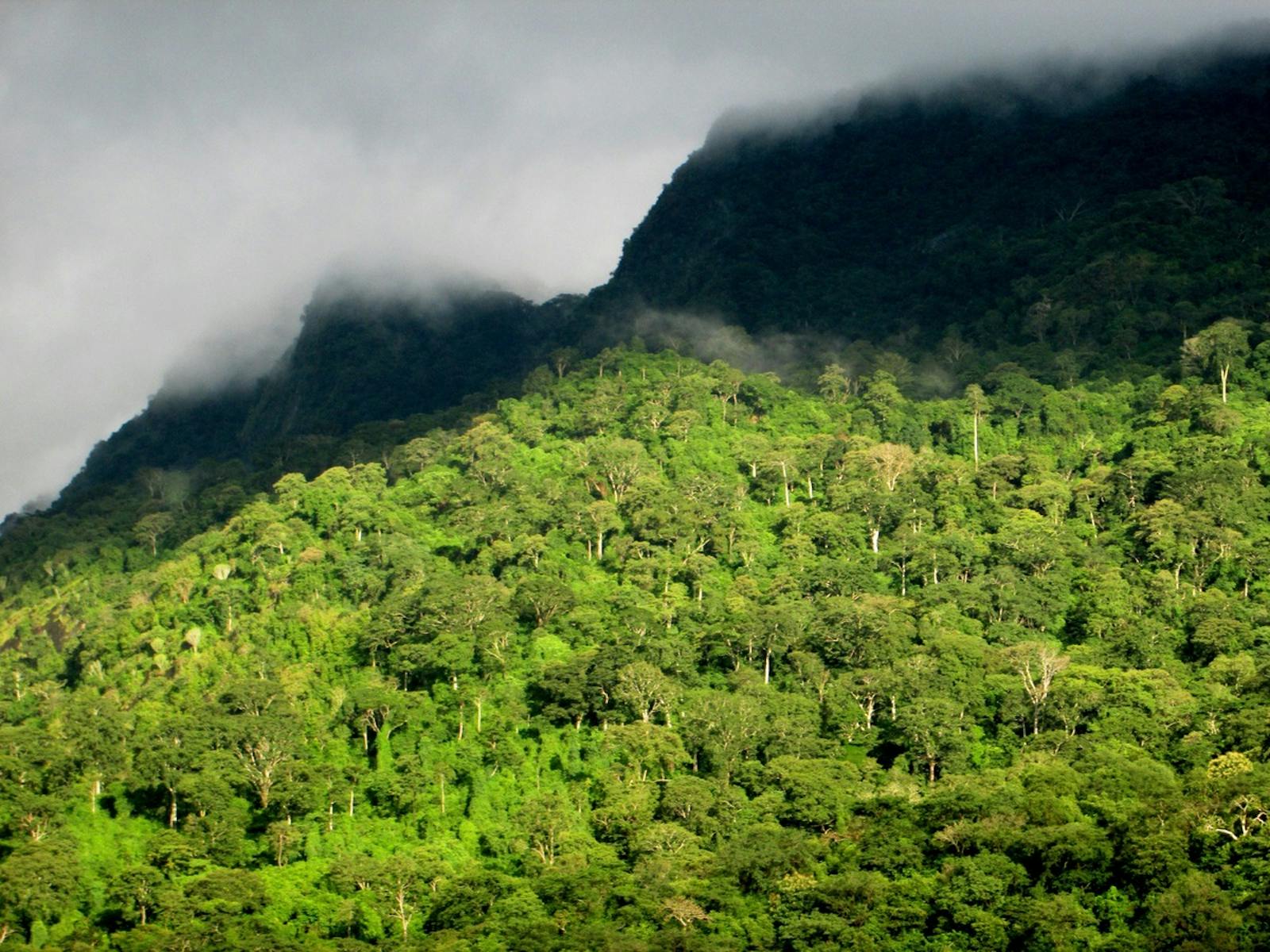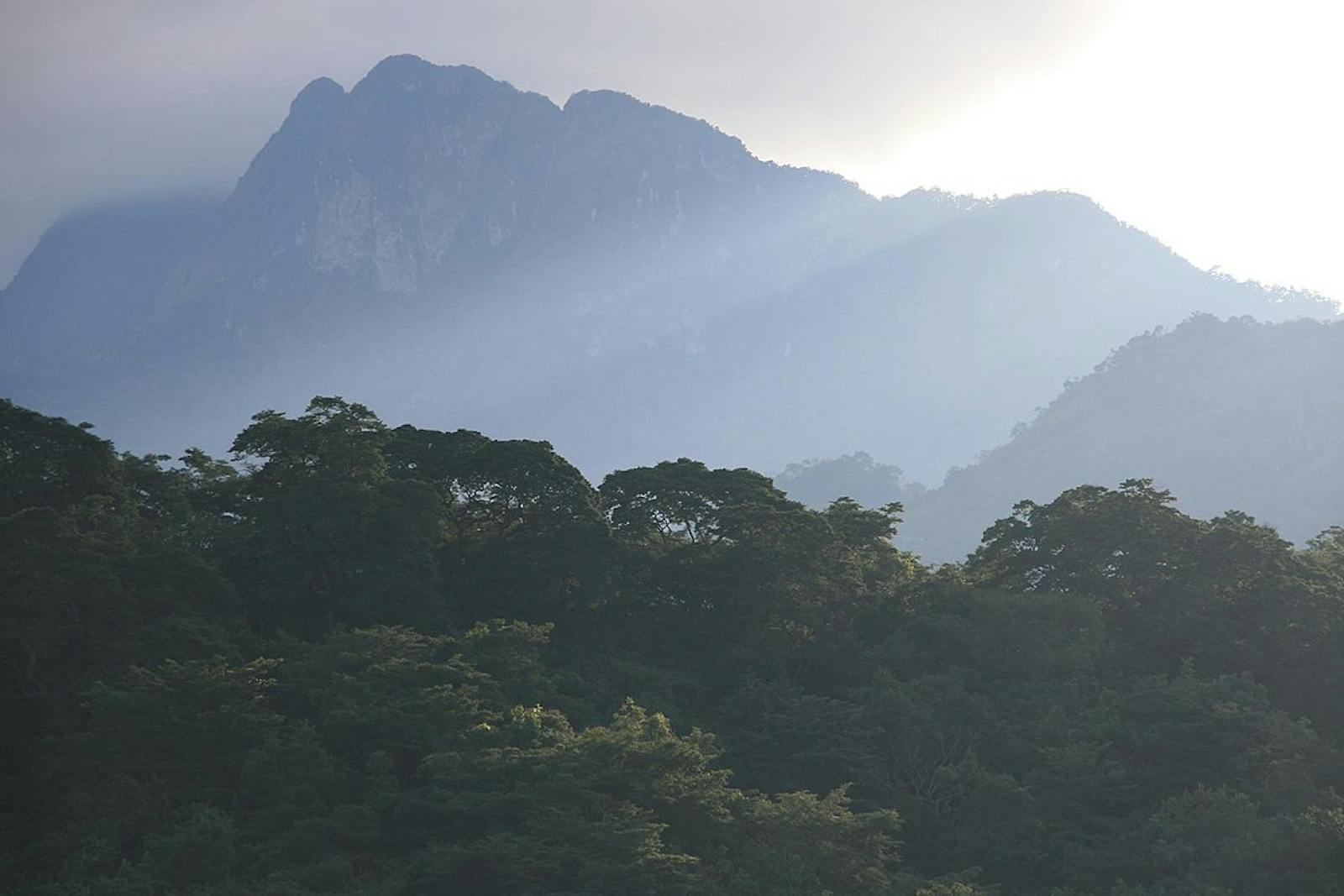Eastern Arc Forests
The ecoregion’s land area is provided in units of 1,000 hectares. The conservation target is the Global Safety Net (GSN1) area for the given ecoregion. The protection level indicates the percentage of the GSN goal that is currently protected on a scale of 0-10. N/A means data is not available at this time.
Bioregion: Greater African Subequatorial Savannas & Mixed Woodlands (AT11)
Realm: Afrotropics
Ecoregion Size (1000 ha):
1,122
Ecoregion ID:
9
Conservation Target:
77%
Protection Level:
3
States: Kenya, Tanzania
This discontinuous chain of forested mountains in southeastern Kenya and eastern Tanzania rises dramatically from the subdued lowland plain to maximum altitudes of 2,200–2,500 meters (7,217-8,202 ft). These forests are the center of endemism for many plants and animals. The African violet (Saintpaulia), a genus of vividly colored plants that have been widely cultivated for house plants in Europe and America, is one of the endemic flora in the Eastern Arc Forests. When considered together with the Northern Swahili coastal forests ecoregion, the density of endemic plant species is among the highest in the world.
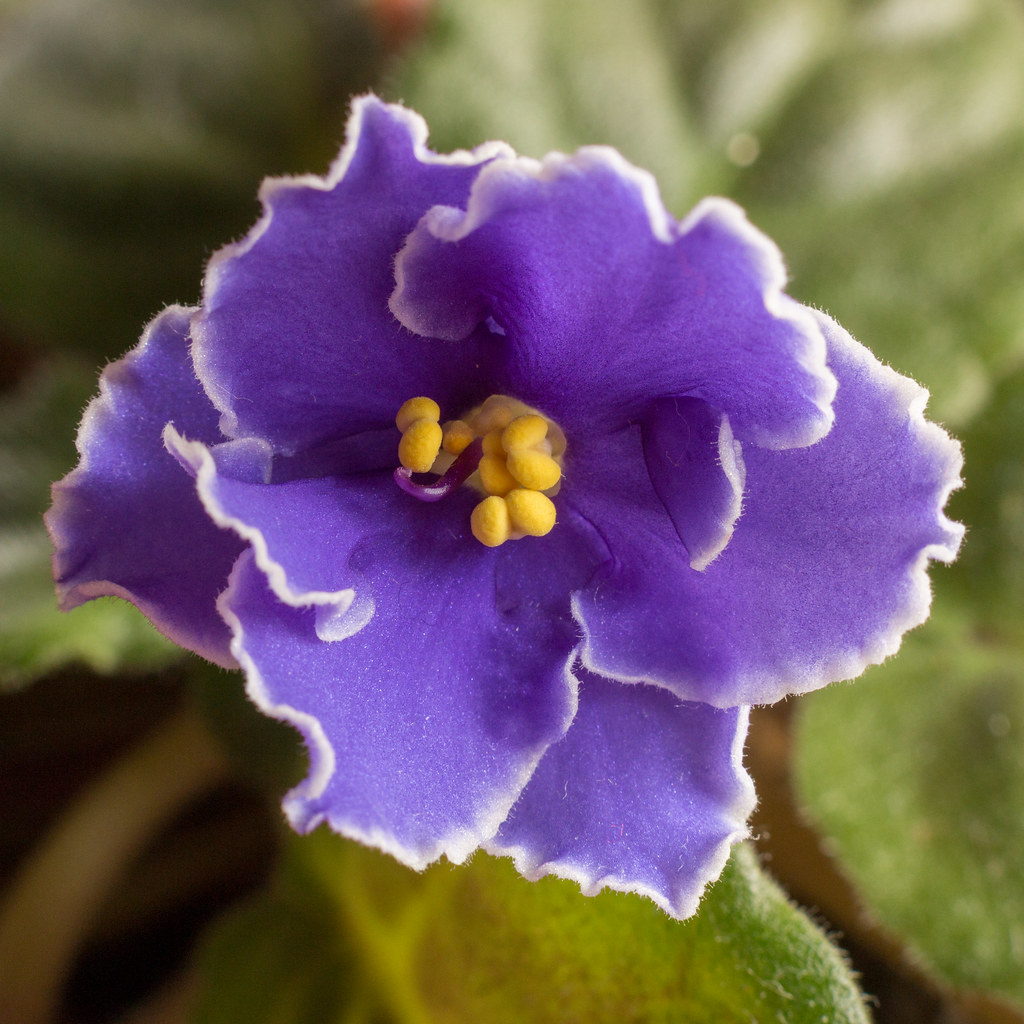
The flagship species of the Eastern Arc Forests ecoregion is the African violet (Saintpaulia). Image Credit: Courtesy of Tim Sackton, Flickr.
The ecoregion is comprised of thirteen mountain blocks, including the Taita Hills, the North and South Pare, the East and West Usambara, the North and South Nguru, the Ukaguru, the Uluguru, the Rubeho, and the Udzungwa. There are also smaller isolated outliers at Mahenge, Malundwe Hill, and the Uvidundwa Mountains.
The climate of the Eastern Arc Mountains is believed to have been stable over millions of years, as indicated by biological affinities to Central Africa, Madagascar, and Asia. The forests apparently survived the driest and coldest periods of the last ice ages, as the Indian Ocean did not cool appreciably, and rainfall patterns may not have been greatly disrupted. Currently, these mountains are much wetter than the surrounding lowlands.
The Ulugurus has up to 3,000 millimeters (118 in) of rainfall per year on the eastern slopes, while that on other mountains exceeds 2,000 millimeters (79 in). There is some evidence that the climate has become drier and more seasonal in recent decades, with a lower likelihood of the forests being enveloped in mist, although recent studies suggest that forest ecosystems are also affected by more localized spatial variation in climate, especially in face of impending climate change impacts. The upper altitudinal limit of forests is determined by the regular occurrence of frost, and grasslands occur in the highest areas.
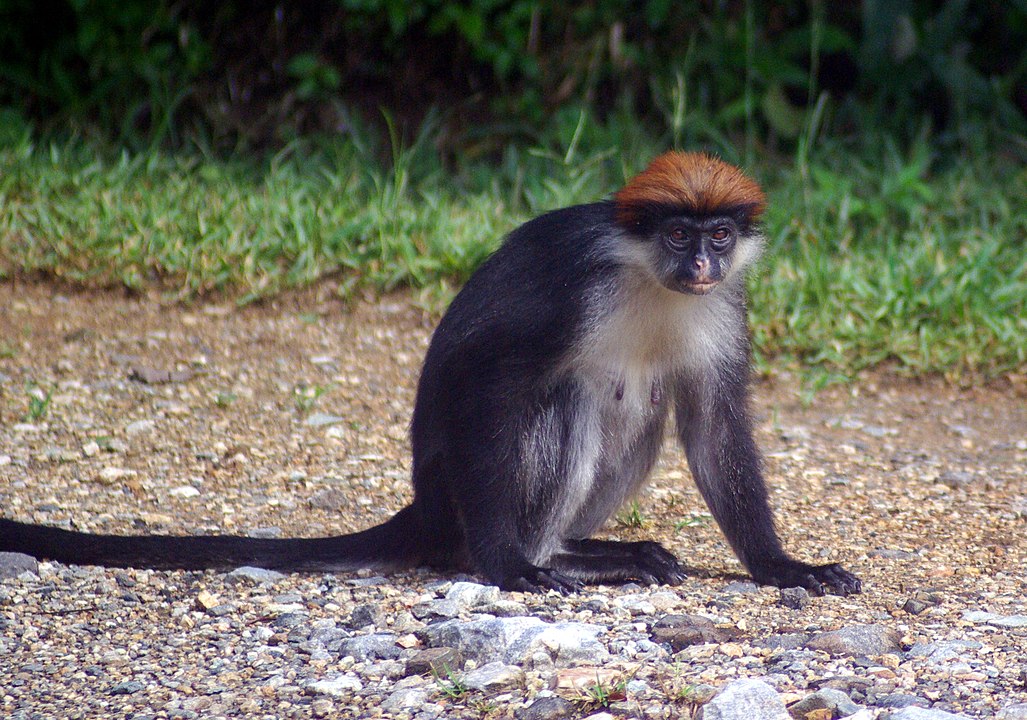
Udzungwa red colobus (Procolobus gordonorum). Image Credit: Stevage, Wiki Creative Commons.
Several types of forests can be found along the elevation. In lowland forests below 800 meters (2,624 ft), the timber species Milicia excelsa is common, while the shrub layer is dominated by Rubiaceae and Acanthaceae. Higher up in the submontane (800–1,250 m/2,624- 4,101 ft), montane (1,250–1,800 m/4,101-5,905 ft), and upper montane (1,800–2,635 m/5,905-8,645 ft) forests, the vegetation is dominated by large trees such as Ocotea usambarensis, Allanblackia ulugurensis, Khaya anthhotheca, Ochna holstii, Podocarpus latifolius, Ilex mitis, Cola greenwayi, and Newtonia buchannii. Above, the forest grades into Afromontane heathland plant communities with temperate affinities.
The Eastern Arc Mountains contain high species richness and many endemic species. Current estimates are that there are over 2,000 plant species in the Eastern Arc, of which at least 800 are believed to be endemic. In addition to the endemic African violet (Saintpauliaspp.), there are also high rates of endemism in nonvascular bryophytes (e.g. mosses, liverworts, and hornworts), of which 32 species are only found in this ecoregion.
There are 23 strictly endemic bird species in these mountains. Some species have extremely limited distributions. The Taita thrush and Taita apalis occur only in a few square kilometers of forest in the Taita Hills. The endangered Uluguru bush shrike occupies a range of less than 50 square kilometers (19 sq mi) of total forest area within the Uluguru Nature Reserve. Other endemic bird species occur on several mountains, including the globally rare Usambara eagle-owl, banded sunbird, and Mrs. Moreau’s warbler. Mammal endemism is also quite high, with 11 species, including primates such as the Udzungwa red colobus, Sanje mangabey, and mountain galago.
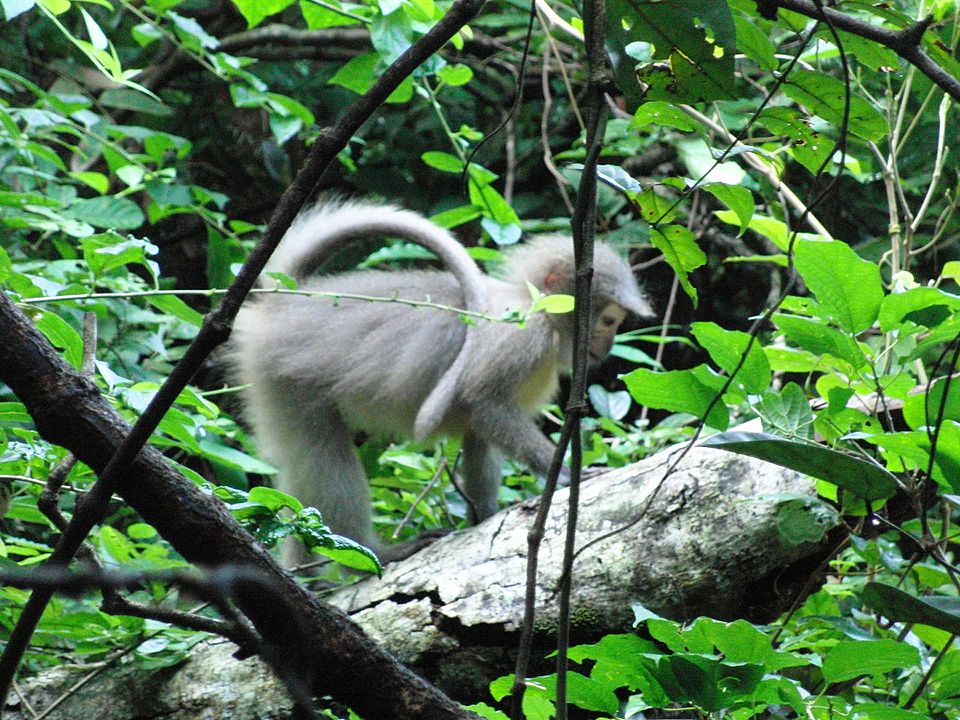
Mangabey monkey (Cercocebus atys). Image Credit: Jens Klinzing, Wiki Creative Commons.
This ecoregion is also notable from an evolutionary perspective where both relict species and newly evolved species occur. For example, bird species with affinities to West Africa and even Asia can be found (Udzungwa forest partridge and African tailorbird). The forests also support a recently discovered species of frog, Hyperolius burgessi.
Forests of the Eastern Arc are protected in the Udzungwa Mountains National Park (much of which is not montane forest vegetation), as well as in nine nature reserves and a number of forest reserves that are established for water catchment purposes, including Kisinga Lugaro and North Mamiwa Kisara. The latter is proposed for future nomination for World Heritage Status.
Montane habitats are naturally scattered across the different mountain blocks. However, within each block, these habitats have become more fragmented due to conversion to agriculture. It is estimated that 80 percent of paleoecological forest extent has been lost. Within the Udzungwa National Park, the level of exploitation is low and protection is high. Within catchment forest reserves, the protection level is more variable and depends on access, the presence of valuable timber, population pressure, and the capacity and interest of forestry officials to protect the forest.
In some cases, there is significant commercial logging (using pitsawing techniques), and in other areas there is encroachment for farm plots and the collection of wood for firewood and poles. Outside of catchment forest reserves the forests have been largely cleared on agricultural lands, except for small locally protected forest patches that are used for burial grounds and for traditional ceremonial purposes.
The priority conservation actions for the next decade
1) Seek alternative livelihood opportunities for local communities to diversify from agriculture.
2) Increase the sustainable use management of large, intact natural forests.
3) Reconnect forest fragments to prevent species losses.
-
-
1. Burgess, N.D., Butynski, T.M., Cordeiro, N.J., Doggart, N.H., Fjeldså, J., Howell, K.M., Kilahama, F.B., Loader, S.P., Lovett, J.C., Mbilinyi, B. and Menegon, M. 2007. The biological importance of the Eastern Arc Mountains of Tanzania and Kenya. Biological conservation. 134(2), pp.209-231.
2. Forrester-Kibuga, K., Mlowe, D. and Doggart, N. 2007. Participatory environmental action plans for five villages surrounding Mafwomero Forest Reserve in the Rubeho Mountains. TFGG Technical Paper No 16. DSM Tz pp1 – 41.
3. Newmark, W.D., Jenkins, C.N., Pimm, S.L., McNeally, P.B. and Halley, J.M. 2017. Targeted habitat restoration can reduce extinction rates in fragmented forests. Proceedings of the National Academy of Sciences. 114(36), pp.9635-9640. -
Cite this page: Eastern Arc Forests. Ecoregion Snapshots: Descriptive Abstracts of the Terrestrial Ecoregions of the World, 2021. Developed by One Earth and RESOLVE. https://www.oneearth.org/ecoregions/eastern-arc-forests/
-
